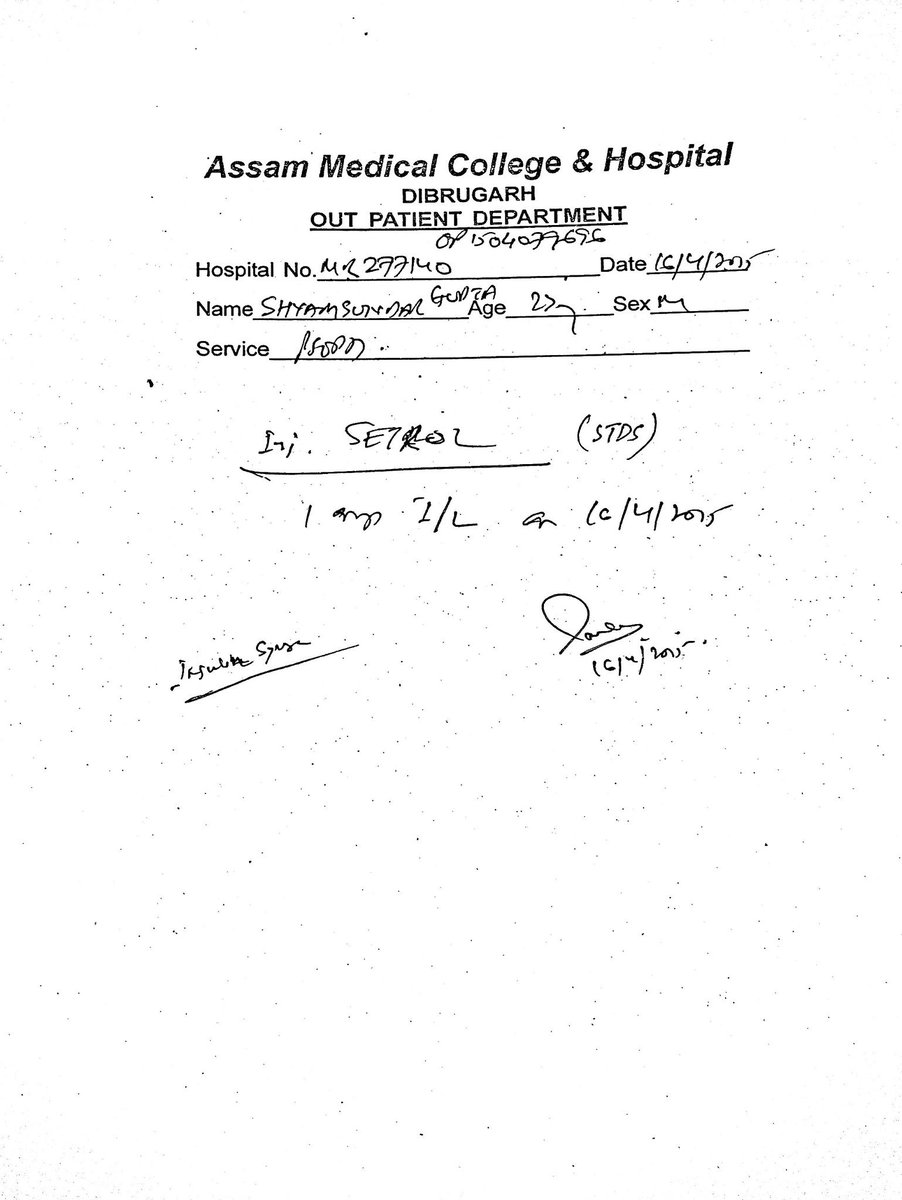The Bible contains a number of references to Media and Persia, which, considered as a whole, paint a coherent picture.
In 2 Kgs. 18, the Israelites are said to be exiled (by Assyria) and resettled in three places:
a] ‘in Halah’,
b] ‘on the Habor, viz. the Gozan river’,
and c] ‘in the cities of the Medes’.
‘the Habor’ (החבור) refers to the river now known as Al-Khabur (which runs from Turkey down to N. Syria), in which case the phrase ‘in the Habor’ (בחבור) may refer to its basin,
as one would expect.
A few chapters later, he commands Elam to ‘go up’ against Babylon, and Media to ‘lay siege’ to Babylon (cp. Isa. 21.2 w. 21.9).
but the term ‘Mede’ clearly can be employed in a broad sense.
In Safaitic inscriptions, it is synonymous with ‘Persia’:
Its first mentioned king is a Mede (Darius: 5.31), and its second is a Persian (Cyrus: 6.28).
while his documents are stored/archived in the province of Media (in Ecbatana: 6.2).
while the army of the day is referred to as ‘the army of Persia and Media’ (1.3 cp. 14, 18, etc.), i.e., with the order of the Gentilics ‘Media’ and ‘Persia’ reversed.
Note: That the Medes retained their identity in the Medo-Persian alliance is corroborated by extra-Biblical sources.
5th cent. stairway reliefs at Persepolis portray Persian and Median nobles, apparently as equals (Yamauchi 1990:347, 351).
------------
but the overall picture painted is a coherent and historically credible one.
THE END.
















